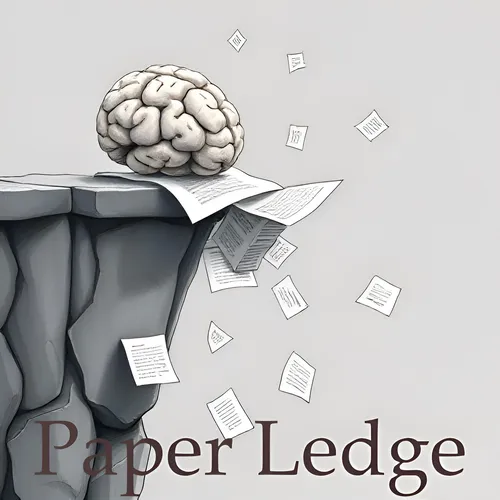Methodology - Diffusion-Driven High-Dimensional Variable Selection
- Author
- ernestasposkus
- Published
- Wed 20 Aug 2025
- Episode Link
- https://www.paperledge.com/e/methodology-diffusion-driven-high-dimensional-variable-selection/
Hey PaperLedge crew, Ernis here, ready to dive into some fascinating research! Today, we're tackling a problem that pops up all the time when scientists are trying to build models from data: How do you figure out which pieces of information are actually important, especially when you have tons of data that's all tangled up together?
Imagine you're trying to bake the perfect cake. You have a recipe with like, 50 ingredients, but some of them are almost the same, like different kinds of flour or sugar. And maybe a few don't even matter that much! Figuring out which ingredients are essential for that perfect flavor is the challenge we're talking about. In data science, that's variable selection – finding the key variables that truly drive the outcome you're interested in.
Now, the paper we're looking at today proposes a really clever solution. It's called a "resample-aggregate framework" using something called "diffusion models." Don't let the name scare you! Think of diffusion models as these awesome AI artists that can create realistic-looking data, almost like making duplicate recipes based on the original, but with slight variations.
Here's the gist:
- Step 1: Create Fake Data. The researchers use a diffusion model to generate a bunch of slightly different, but realistic, versions of their original dataset. It's like having multiple copies of your cake recipe, each with tiny tweaks.
- Step 2: Identify Important Ingredients in Each Copy. They then use standard statistical tools (like Lasso, which is like a tool that helps you simplify complex equations) to pick out the most important variables in each of these fake datasets. Think of this as identifying the key ingredients in each version of the cake recipe.
- Step 3: Count How Often Each Ingredient Appears. Finally, they tally up how often each variable (or cake ingredient) gets selected as important across all the different fake datasets. The ingredients that keep showing up are probably the real stars!
This process of creating multiple fake datasets, finding important variables in each, and then combining the results is what makes their approach so robust. It's like getting opinions from many different bakers to see which ingredients they all agree are essential.
Why is this important? Well, imagine trying to predict stock prices, diagnose a disease, or understand climate change. All these areas rely on complex datasets with lots of interconnected variables. If you can't reliably pick out the right variables, your predictions will be off, and you might make wrong decisions.
This new method seems to do a better job than existing techniques, especially when the data is noisy or when variables are highly correlated (like those similar types of flour in our cake recipe example). The researchers showed, through simulations, that their method leads to more accurate and reliable variable selection.
"By coupling diffusion-based data augmentation with principled aggregation, our method advances variable selection methodology and broadens the toolkit for interpretable, statistically rigorous analysis in complex scientific applications."
And here’s where the "transfer learning" magic comes in. Because diffusion models are often pre-trained on massive datasets, they already have a good understanding of data patterns. It’s like the AI artist already knows a lot about baking before even seeing your specific recipe! This pre-existing knowledge helps the method work even when you have a limited amount of your own data.
This method extends beyond just variable selection; it can be used for other complex tasks like figuring out relationships between variables in a network (like a social network or a biological network). It also provides a way to get valid confidence intervals and test hypotheses, which is crucial for making sound scientific conclusions.
So, what do you all think? Here are a couple of questions that popped into my head:
- Given the reliance on pre-trained diffusion models, could there be biases introduced based on the data those models were originally trained on?
- While this method seems powerful, what are some situations where it might not be the best approach, and what other tools should researchers consider?
Let's discuss in the comments! I'm eager to hear your thoughts on this intriguing research.
Credit to Paper authors: Minjie Wang, Xiaotong Shen, Wei Pan
